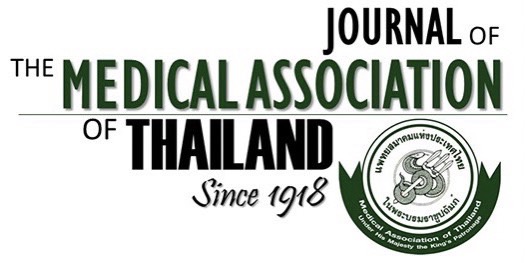Hypoxic Pulmonary Vasoconstriction: Relevance to Anesthetic Practice
Pattharaporn Sombood¹, Supanadee Jainwitayakit¹, Amornrat Aekta¹, Ingpisa Sritanapongsa¹, Phongthara Vichitvejpaisal¹
Affiliation : ¹ Department of Anesthesiology, Faculty of Medicine Siriraj Hospital, Mahidol University, Bangkok, Thailand
Hypoxic pulmonary vasoconstriction (HPV) is a physiological response of the pulmonary vasculature to hypoxia, resulting in vasoconstriction in poorly ventilated areas of the lungs and redirecting blood flow to well-ventilated areas. Understanding the significance of HPV is crucial in the context of anesthesia for perioperative management.
The complex interplay between HPV, oxygen tension, CO₂ levels, and pH is essential for anesthesiologists to tailor ventilation strategies and optimize patient outcomes, particularly in individuals with pre-existing pulmonary hypertension (PH) or acute respiratory distress syndrome. This reflex plays a critical role in maintaining adequate oxygenation during anesthesia by preserving ventilation-perfusion matching and optimizing oxygen delivery to the body through redirection of blood flow to well-ventilated lung regions.
Pharmacological manipulation of HPV using drugs that enhance or inhibit its response can be utilized in specific clinical scenarios, such as in patients with PH or during thoracic surgeries, to optimize hemodynamics and improve patient outcomes.
Future research in anesthesia aims to elucidate the molecular and cellular mechanisms of HPV, investigate genetic and epigenetic factors that influence it, develop novel pharmacological agents, conduct large-scale clinical trials and outcome studies, and foster multidisciplinary collaborations.
Received 18 September 2024 | Revised 10 January 2025 | Accepted 24 February 2025
DOI: 10.35755/jmedassocthai.2025.3.250-256-00420
Keywords : Anesthesia management; Hypoxic pulmonary vasoconstriction; HPV; Ventilation-perfusion matching
All Articles
Download



